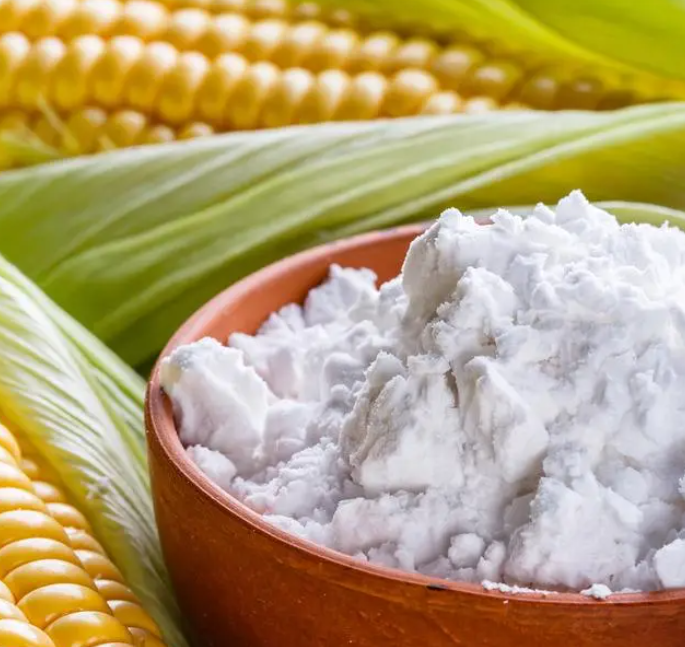Corn starch production
The process is as shown in the figure below: ①Cleaning. The corn kernels are removed from soil, stones, grass stalks, metal parts and other inclusions through processes such as air selection, screening, magnetic separation, and water washing. A combination screen combined with an air screen is commonly used, with a row of permanent magnets installed at the outlet. The cleaned materials are directly sent to the water tank for cleaning, and then enter the soaking process. ②Soak. It softens the corn kernels and relaxes the combination of starch granules and protein, making it easier to separate. In addition, the lactic acid bacteria in the soaking solution can play a preservative role. Use 0.1-0.3% sulfurous acid solution as the soaking liquid. The general soaking temperature is 48-52°C and the time is 36-56 hours. In general factory-scale production, 8 to 12 soaking barrels with a volume of 7 to 10 tons or more are used to form a soaking system, so that the corn and the soaking liquid are in counter-current contact. The moisture absorbed by the corn finally reaches 45%, and the dry matter is dissolved 6.0~6.5%, the concentration of the soaking solution is about 2%, and the latter is concentrated by vacuum evaporation. ③ Degermination. The soaked corn kernels are first coarsely crushed with a grinder until the germ is separated from the endosperm without being broken. Then the coarsely crushed starch is prepared into a starch milk with a concentration of 7 Be’ in a separation tank, and the germ with a smaller specific gravity is floated out from the starch milk. For example, a hydrocyclone can separate the corn embryos directly. Then wash off the attached starch with water, then use a centrifuge to remove the surface water, and finally dry it with an ebullating bed dryer to obtain relatively pure dry corn embryos. ④Crush. Degerminated corn kernels contain a lot of fiber and need to be further crushed with 1 to 2 impact mills or 3 to 4 grinding wheels to maximize the release of starch and form a more uniform starch milk. ⑤Screening. Crush the obtained starch milk and separate the fibers through 4 to 5 centrifugal sieves of 80 to 130 mesh or 5 to 6 curved sieves with sieve strip gaps of 50 to 75 microns. Then it is sent to the roughing process. The separated fibers are dehydrated by centrifugation and finally dried. ⑥Refined. The screened starch milk contains more protein.
Henan Huatai supply corn starch processing, maize starch solution, corn starch extraction, corn starch project, maize starch production line,any need please email to info01@cnoilmachine.com
